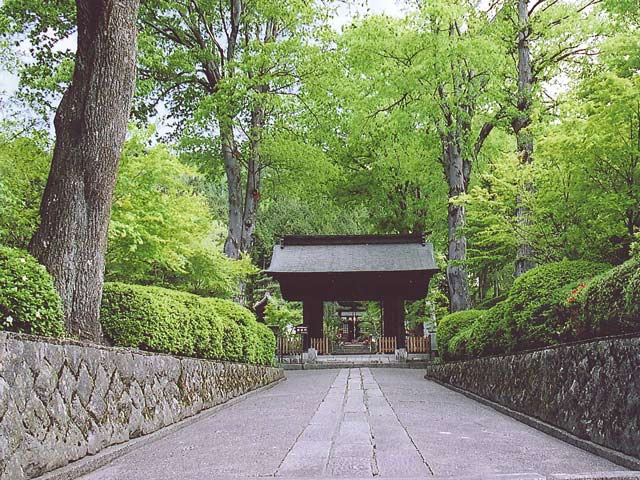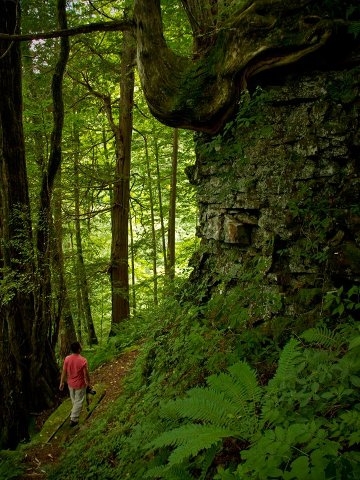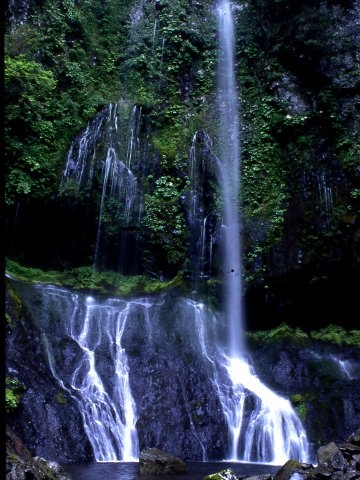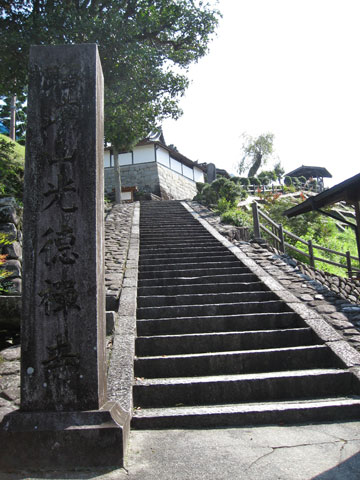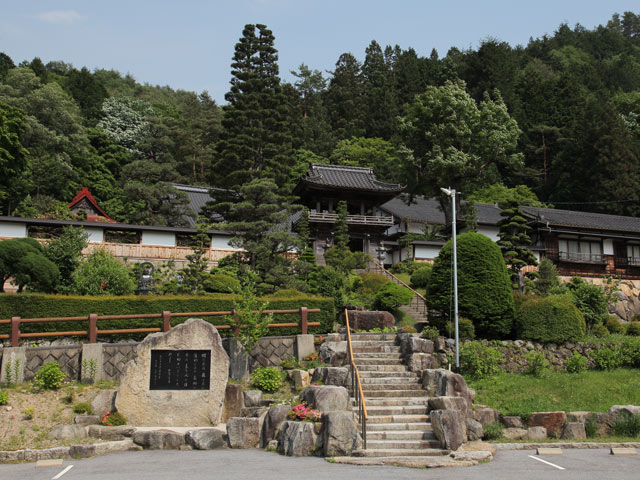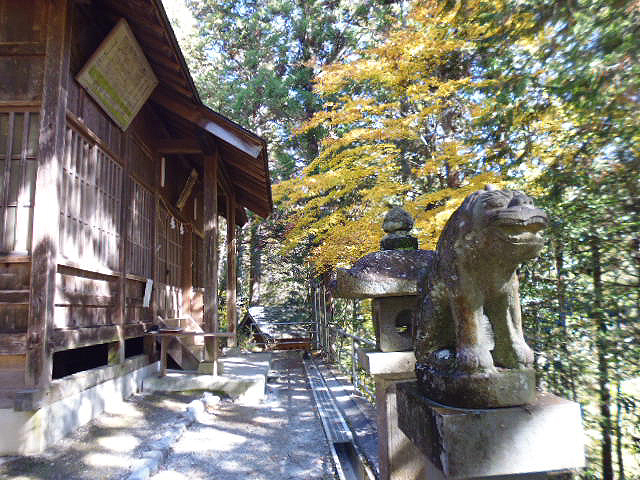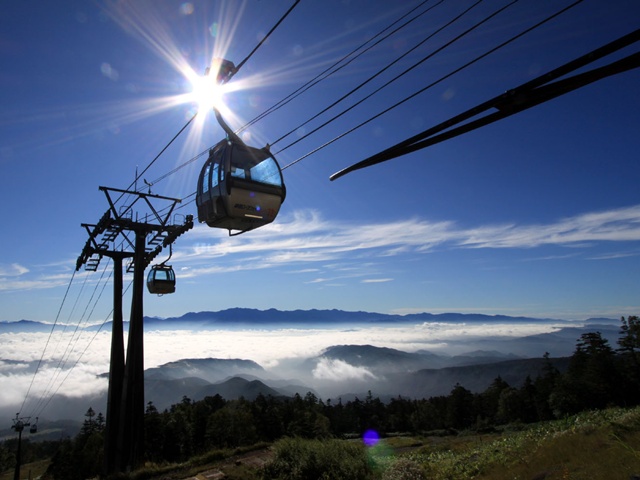
Mitake Ropeway with a different charm depending on the season
Mitake Ropeway

Cloud Sea from the summit station
Mitake Ropeway
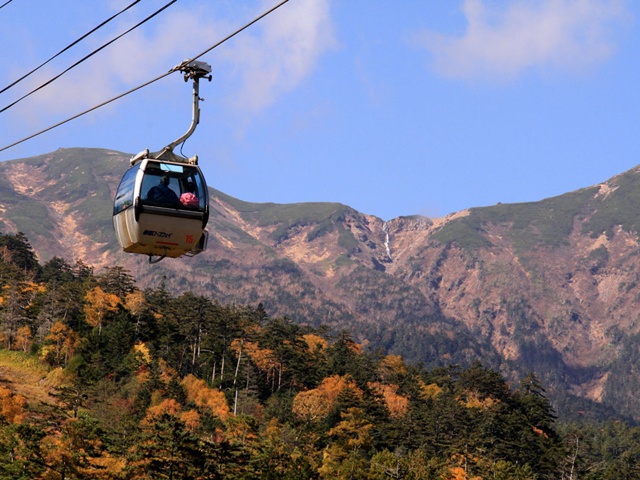
Mount Ontake and phantom waterfall in autumn leaves
Mitake Ropeway
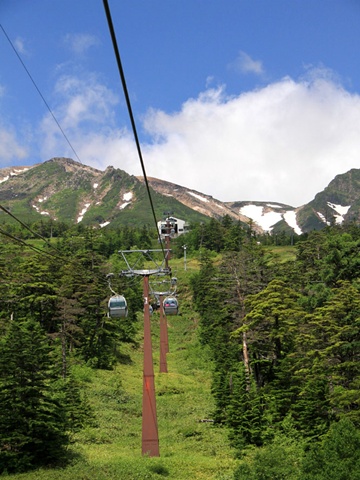
Mount Ontake of remaining snow
Mitake Ropeway
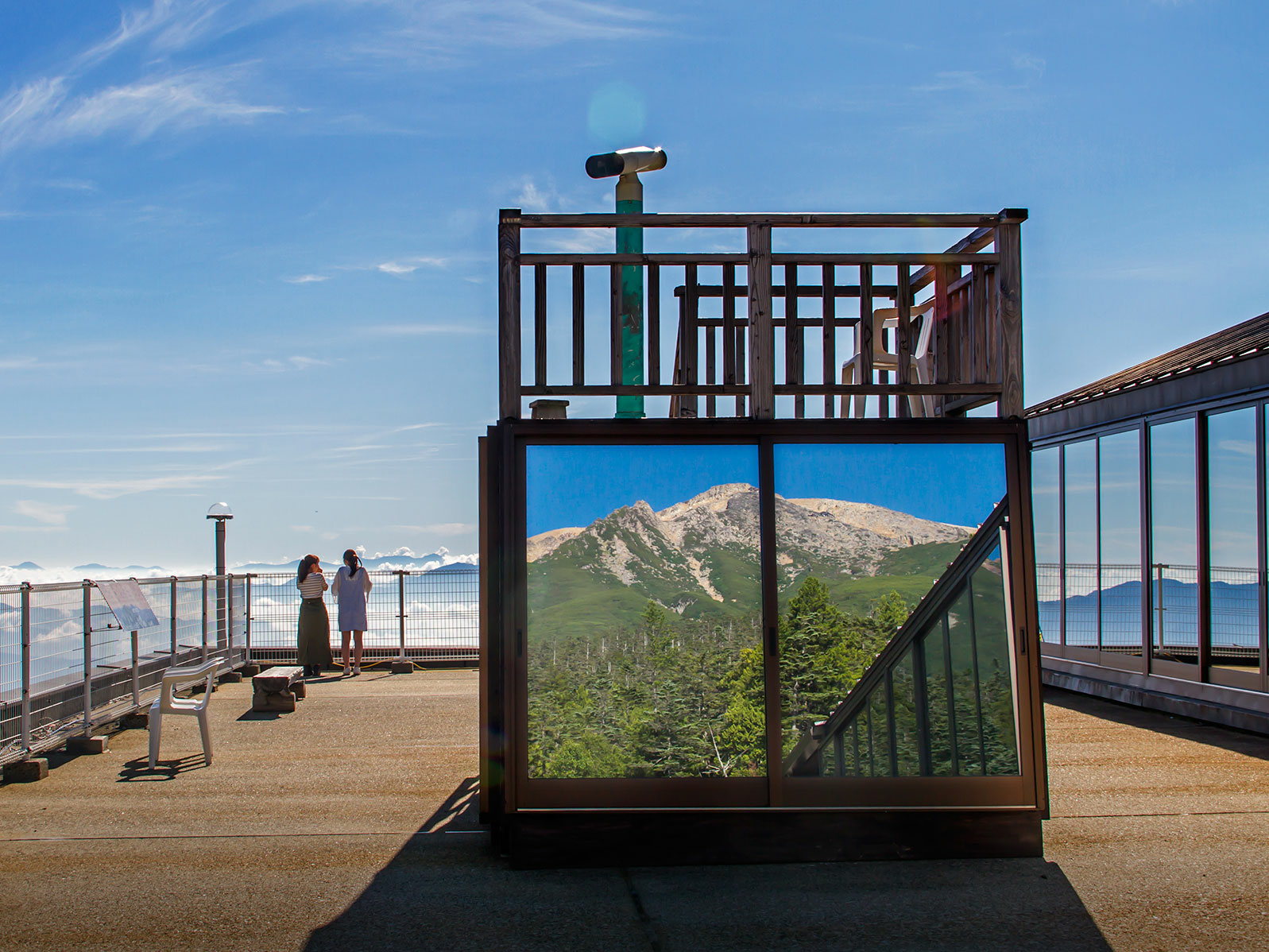
Mirror deck (mountaintop station rooftop observation deck)
Mitake Ropeway

Alpine deck with sweeping views of all the Alps
Mitake Ropeway
The information provided reflects the details available at the time of the survey.
Please note that facility details may change due to the facility’s circumstances, so please check for the latest information before visiting.
This content has been translated using machine translation.
Information provided by: JTB Publishing
This content uses automatic translation services. Automatic translations may not always be accurate.
Please note that the translated content may differ from the original meaning. We ask for your understanding when using this content.

